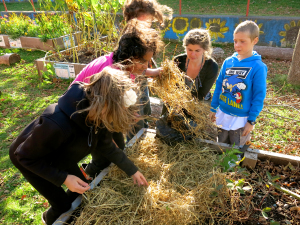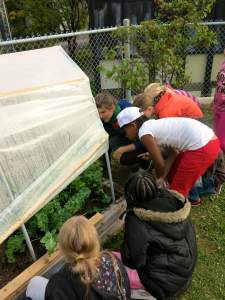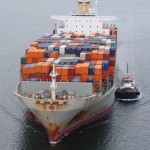“If there were no plants in the world, would we have food to eat?”
This was a question asked to groups of grade 4s participating in the Good Food First club this week.
“Cheese!”, suggested a few kids. Good idea. But as we trace it back we realize that cheese comes from milk, milk from cows and cows, well cows eat grass.
“Candy!”. Yells out another girl. Tricky tricky. Candy is full of Sugar. Which comes from what? Sugar cane!
“I know” said a boy with a twinkle in his eye ” Boogers! Babies eat boogers!”. I hadn’t expected this answer, but with years of education under my belt, I was able to trace the boogers back to plants.
After working through a few foods, one quiet girl raises her hand and offers “we wouldn’t be able to eat anything if there were no plants”. And she’s right.
This week we talked of about how the veggies we eat come from plants. Plants have different parts, such as roots, fruit, leaves, andseeds and depending on the plant we can eat each of these types of parts.
The carrots we eat are the roots of carrot plants. Spinach a leaf. Broccoli is would have turned into a flower.
After going over examples, we tested our knowledge in a relay race. We also planted some garlic in the garden and then used many differnet vegetables to make some veggie rice wrap (recipe).
Written by Georgia McNeil, Youth Food Programmer at the Ecology Action Center and Coordinator of the Good Food First club. Applying the “field to fork” approach, kids participating in this program get to spend time in school gardens as well as in the kitchen; learning where food comes from as well as how and what it means to eat delicious nutritious food. Special thanks to Joel Mansvelt, EAC intern, for preparing this weeks video.








